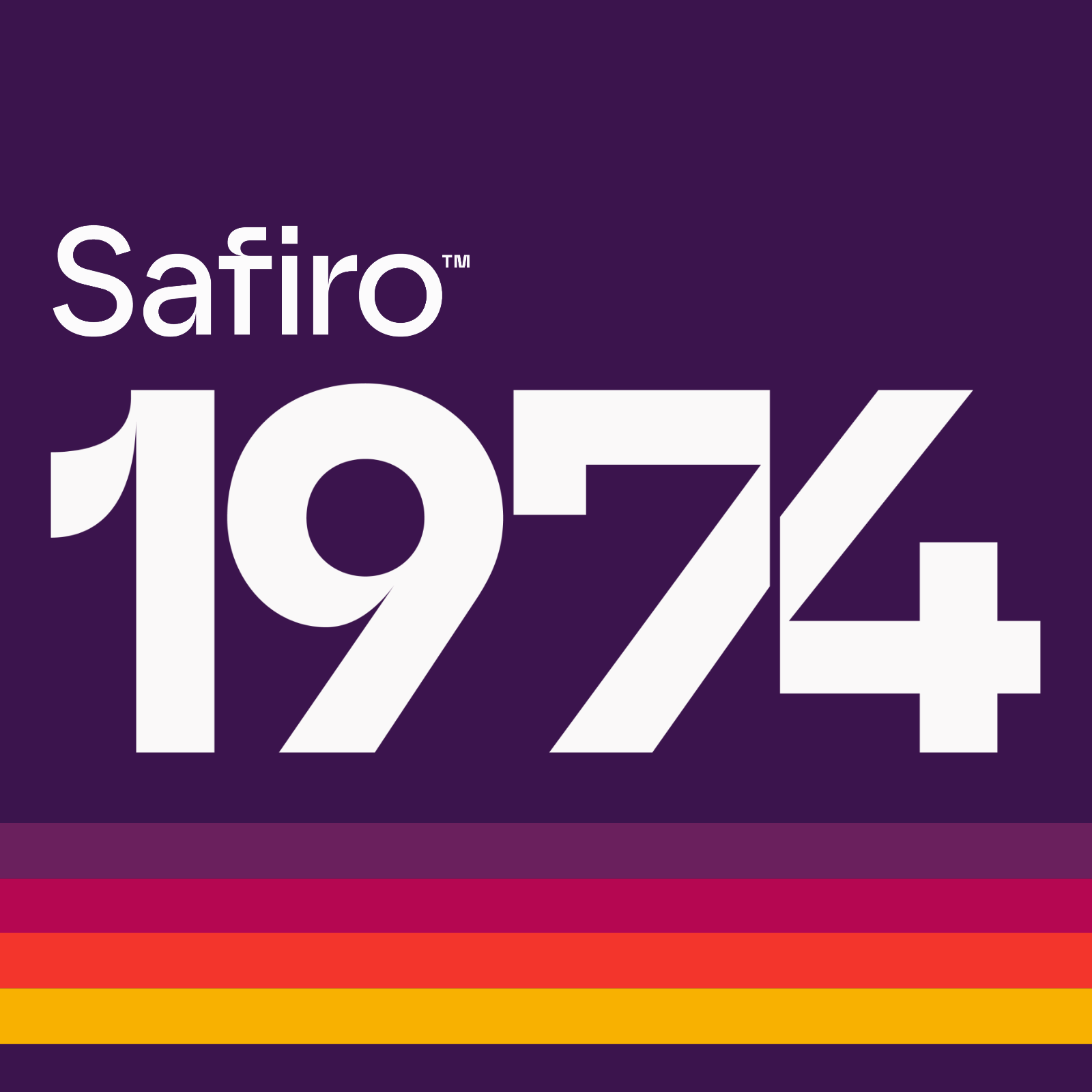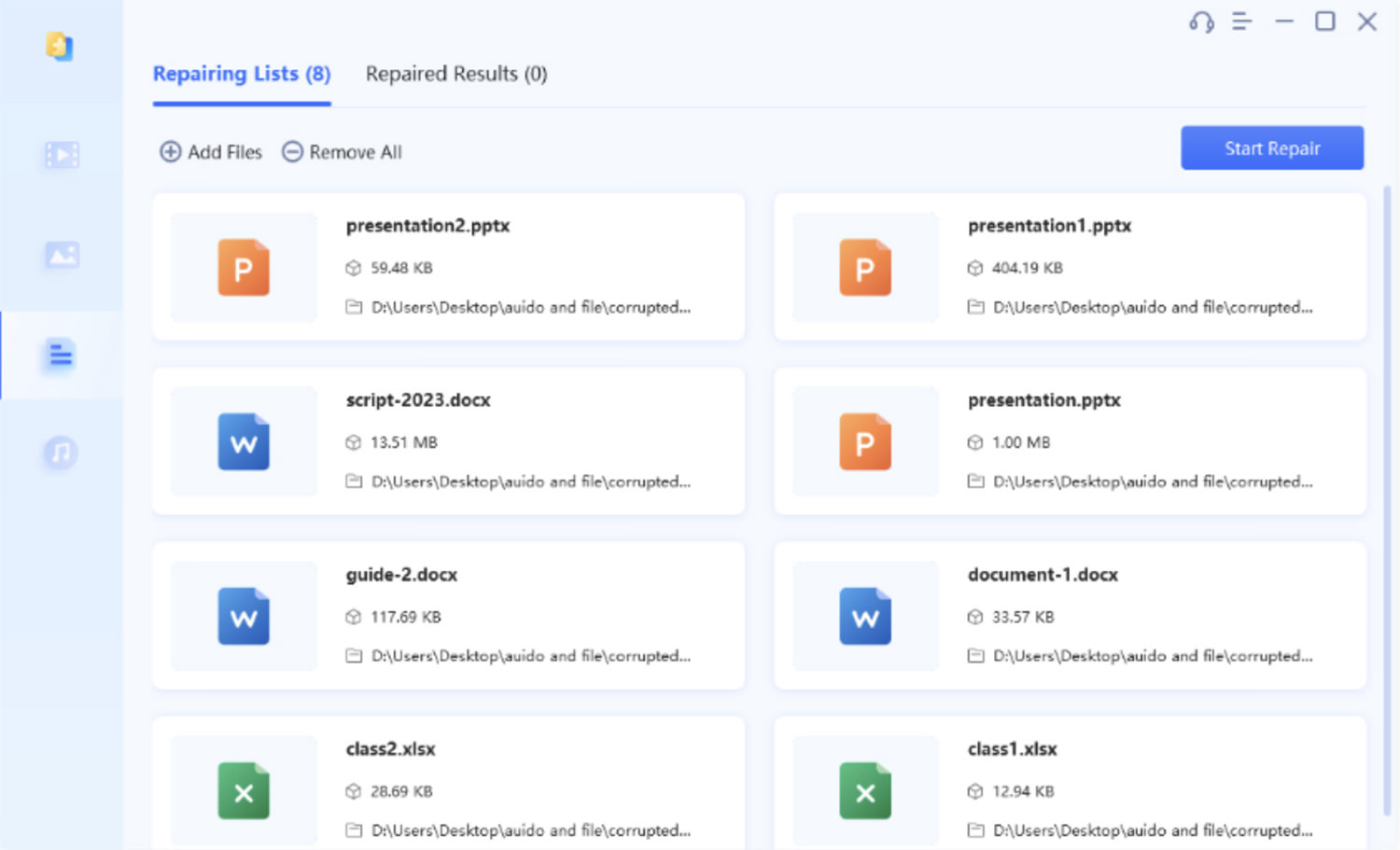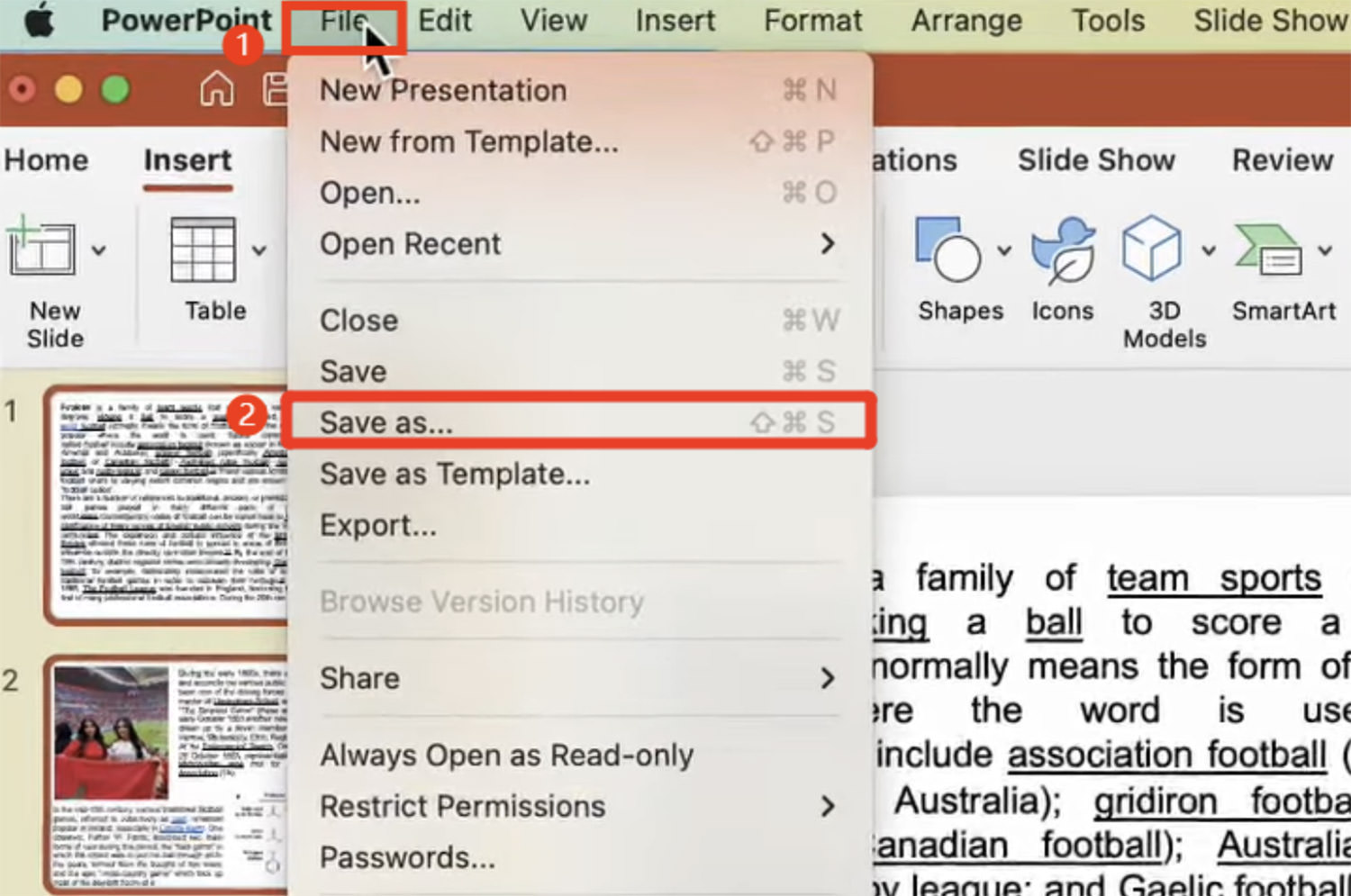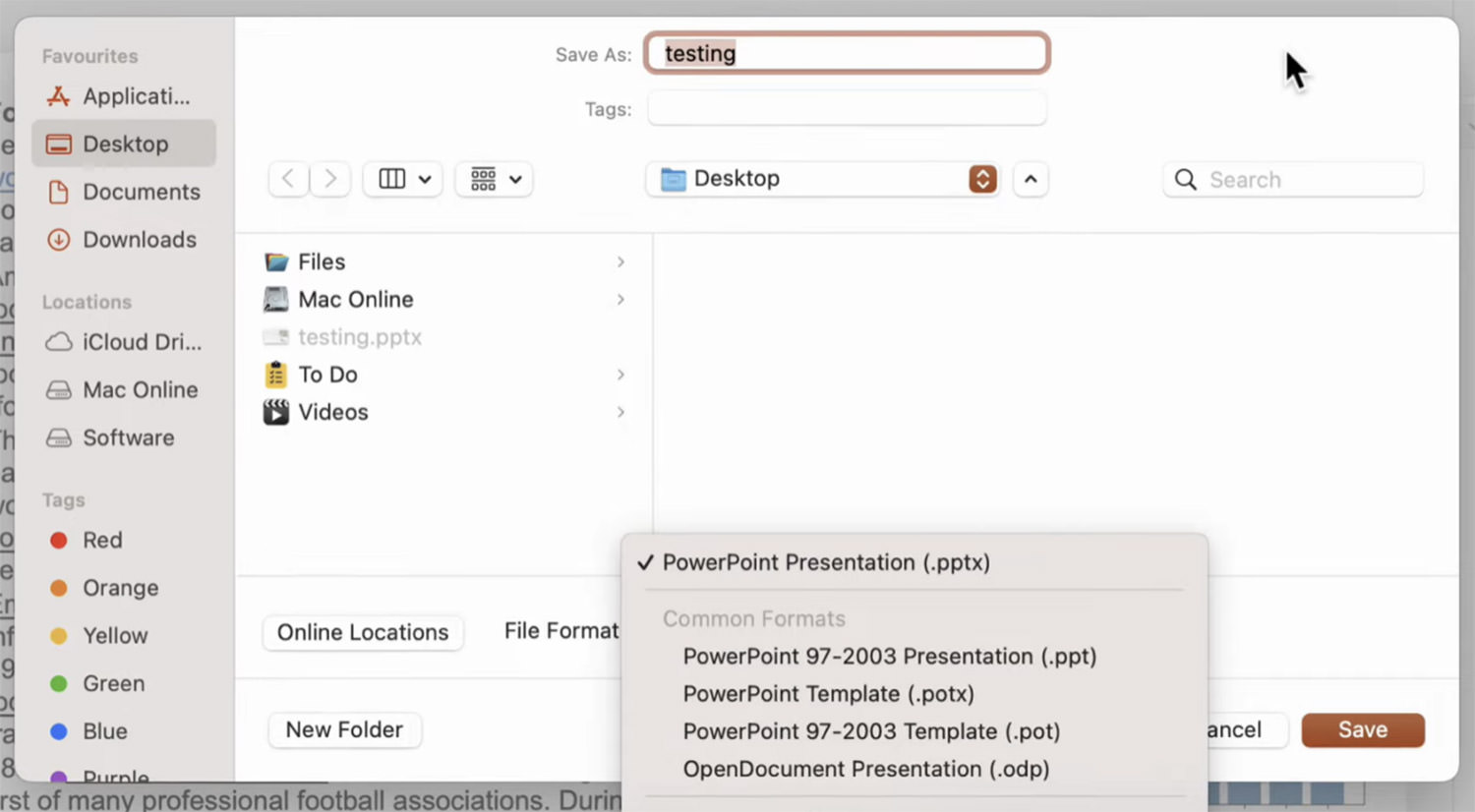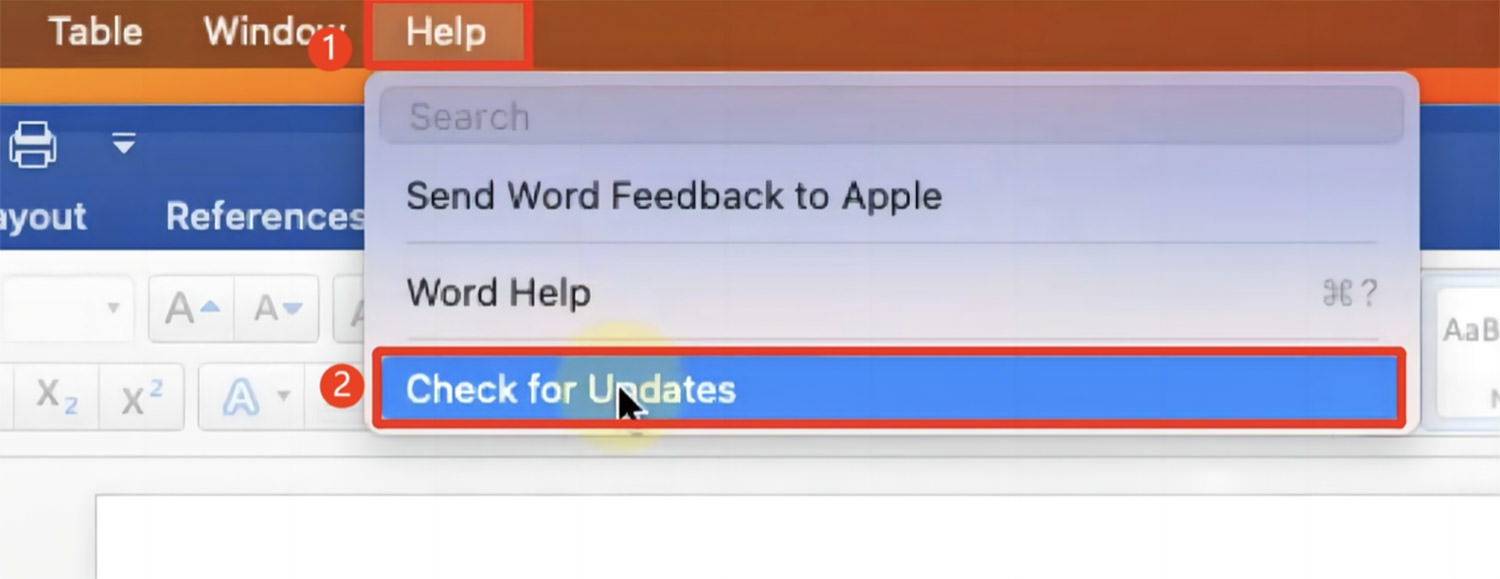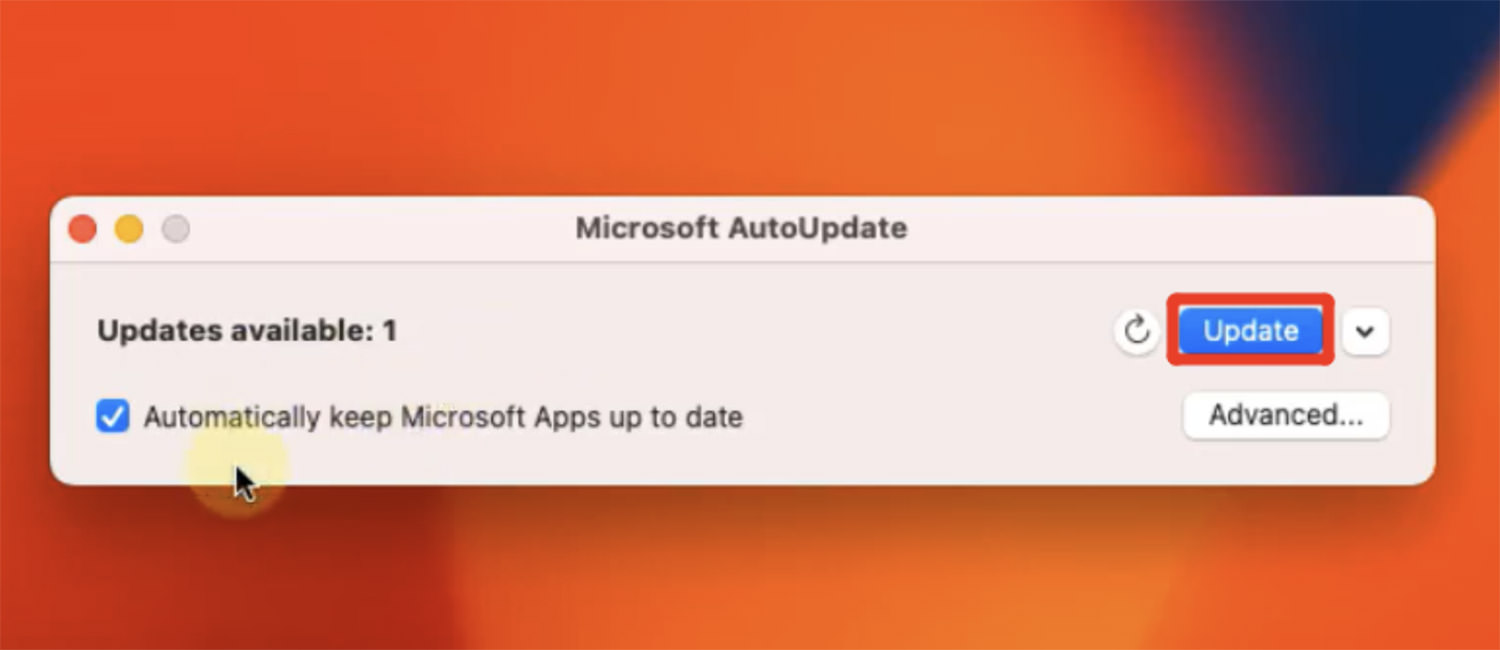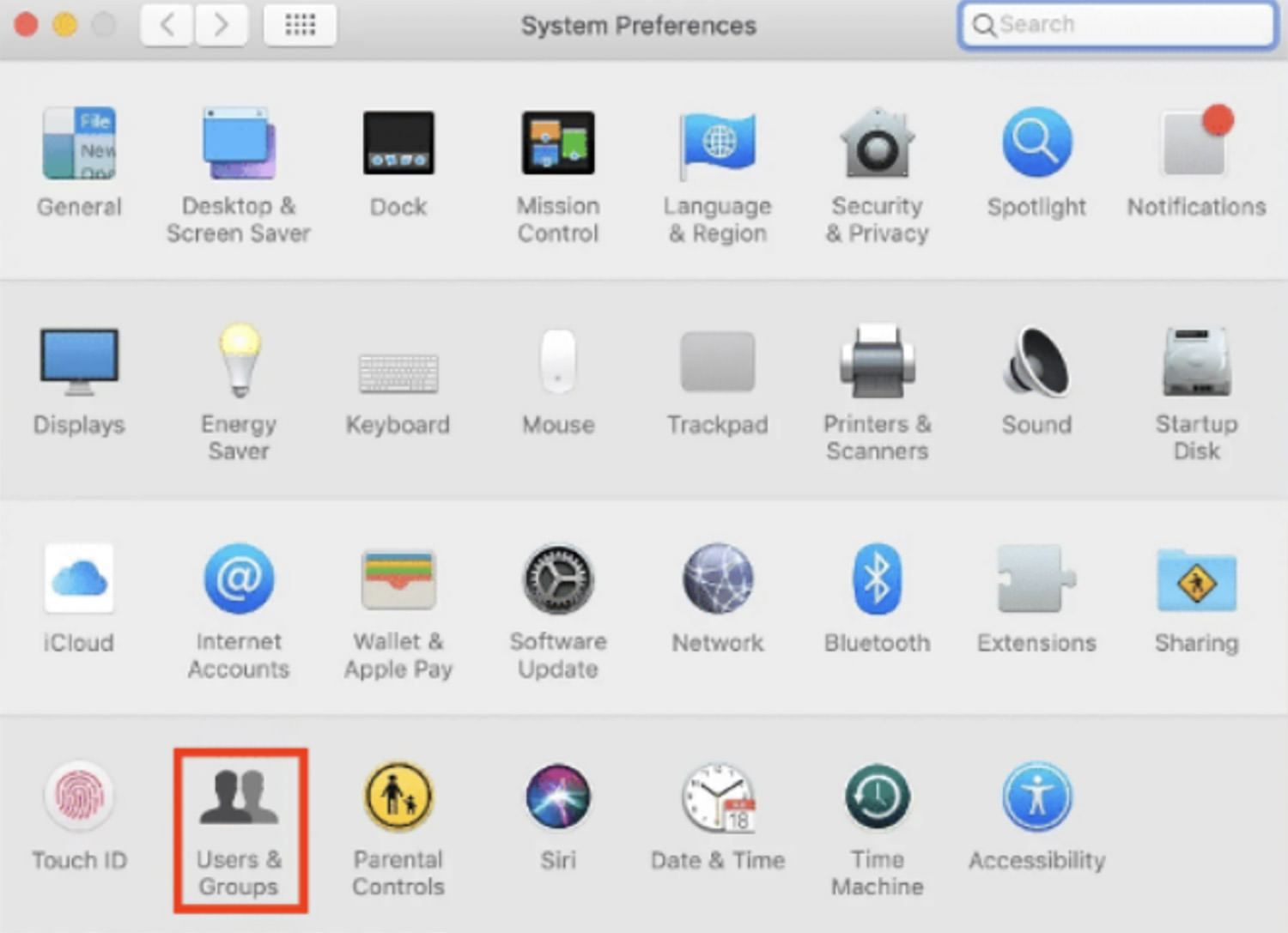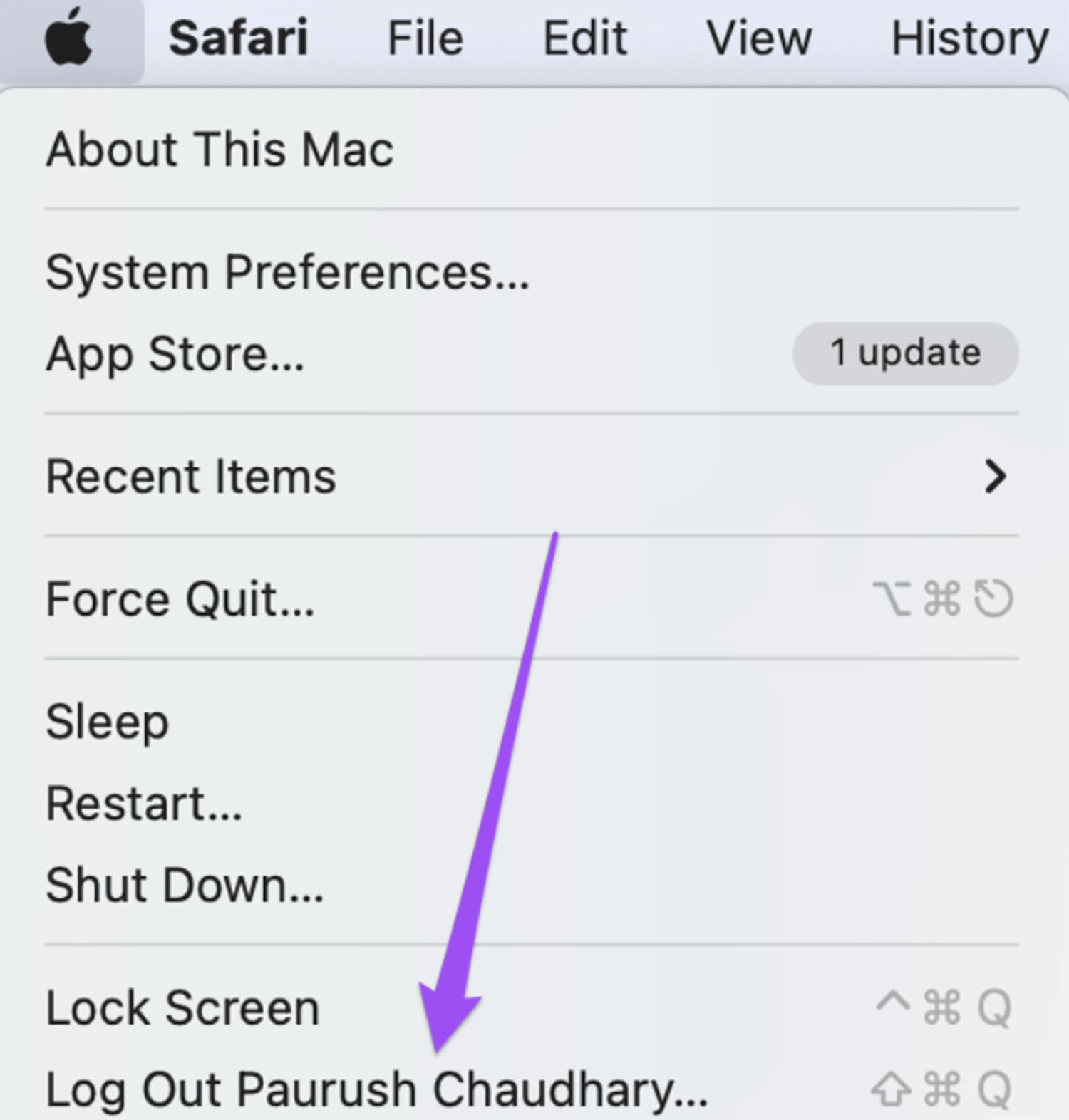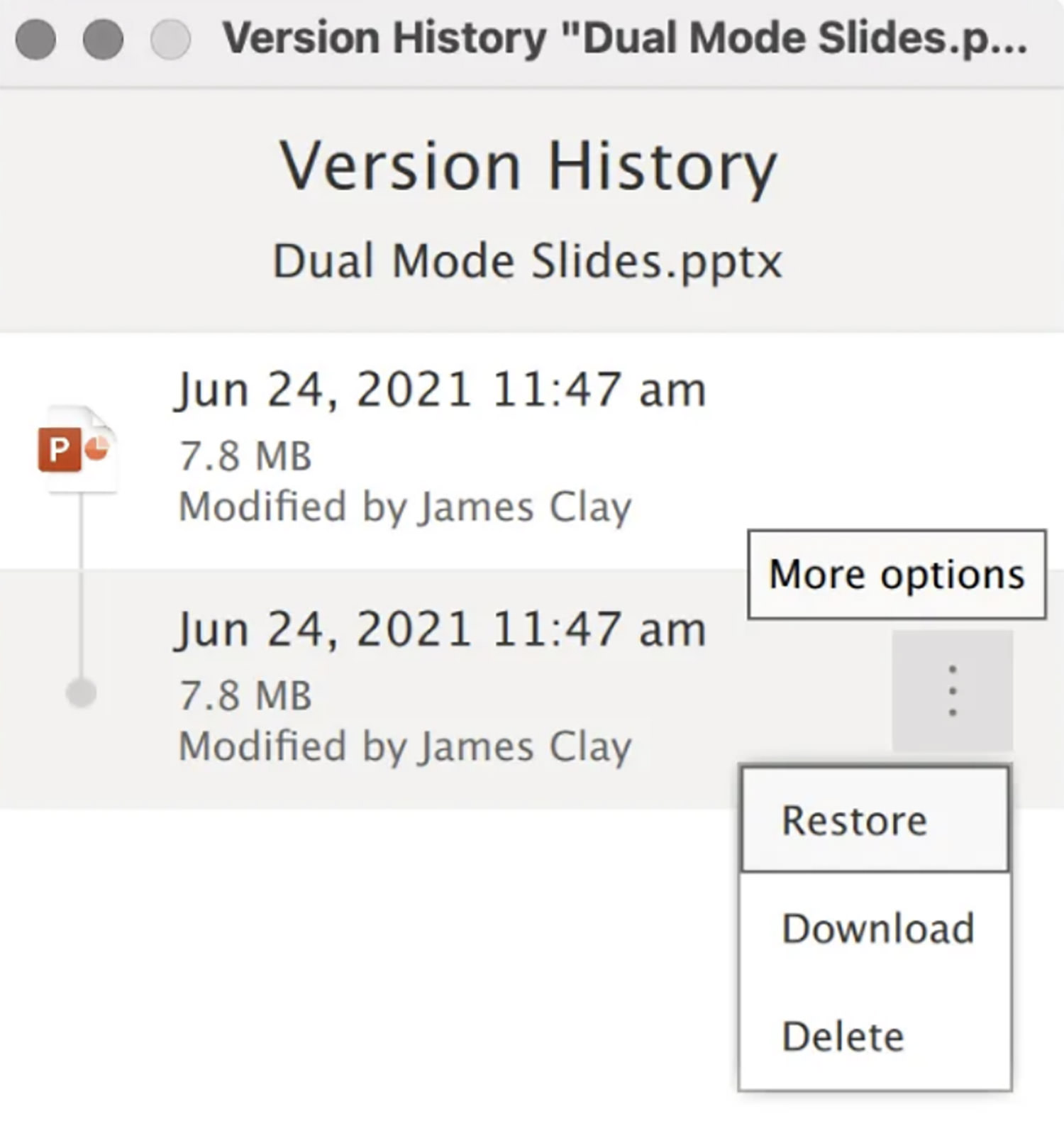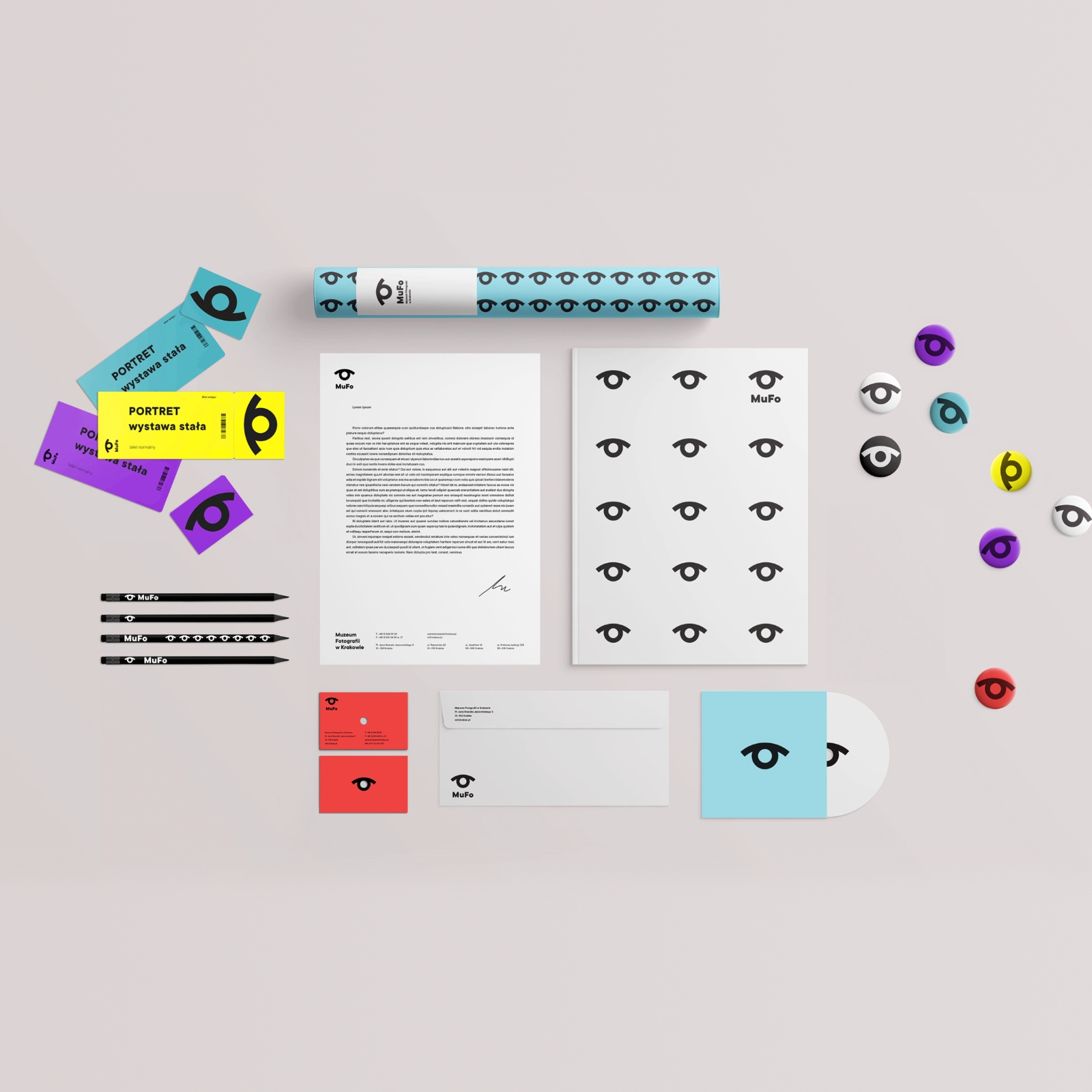Original Source: https://ecommerce-platforms.com/articles/best-dropshipping-websites-example-design
If you are contemplating setting up your first ecommerce store but are not sure what line of business is best for you, dropshipping is one of the best places to start.
Dropshipping stores have a low barrier for entry, require minimal capital and leave all the logisitcs to the dropshipping supplier.
Your sole role is building the website, optimizing for search engines (i.e. SEO), finding customers, facilitating the order and providing post-purchase customer support.
But while dropshipping rides on a relatively simple online business model, not every dropshipping store survives or thrives.
If you are going to succeed, learning from those that have made it can significantly increase your odds. And success revolves around the website. Dropshipping is dependent on the quality and features of the site it runs on.
We take a look at the best dropshipping store examples and the attributes that make each of them stand out from their peers.
Note that while Shopify is the most popular ecommerce platform among the best dropshippping stores, you can create a successful website on other platforms too.
Best Dropshipping Website Example Designs
1. Warmly Décor
Product Type: Home Decor
Warmly Décor claims to offer high quality décor products at as much as 80% off retail prices by shipping products from various factories across the world. The main product categories are furniture, bathroom and lighting.
Key Strengths
Simple color theme – With black text, a white background and a small navigation menu, Warmly Décor maintains a clean and uncluttered feel.
Under $200 page – For shoppers looking for lower priced items, Warmly Décor has a $200 and below page.
Real-time purchase notifications – A message pops-up at the bottom of the screen each time someone around the world buys from Warmly Décor. It shows the first name of the person as well as the specific product they ordered. This marketing technique rides on a basic trait of human behavior – people are naturally drawn to things that other people like.
Automatic currency converter – Items are automatically listed in users’ local currency based on IP address.
Further reading 📚
How to Start Dropshipping Business in 6 Simple Steps (2023)
16 Best Dropshipping Suppliers in 2023 (Dropshipping Companies & Free Suppliers List) for Ecommerce
2. Babybub
Product Type: Maternity Products
Babybub sells multiple dropshipping products for pregnant and nursing women such as maternity leggings, maternity belts, sleep masks, wearable breast pumps and compression travel cases. However, the store’s flagship and best-selling product is the maternity pillow as well as its full body attachment.
Key Strengths
Focus on best-selling products – Babybub’s home page is effectively dedicated to the maternity pillow. While product diversification is good risk management, prioritizing the home page’s real estate to a product with tried-and-tested demand can be a great way to maintain and grow sales.
Discount Pop-Up – Visitors to the website get an offer for a 10% discount on their first order if they sign up to Babybub’s mailing list. By providing an incentive to sign up, Babybub aims to not just increase sales but also expand its marketing reach. Email marketing remains one of the lowest cost digital marketing channels.
‘Maternity’ in logo – The store has a catchy name but one that might be a little confusing for visitors expecting to find infant-focused products. To clarify its target market, the logo includes the word ‘maternity’ to show who its primary audience is.
3. Be Activewear
Product Type: Clothing
Be Activewear is an Australia-based fashion online store that sells sportswear products representing more than 60 Australian brands. While most items primarily target teen and adult women of different body sizes, the store also has products for men and children.
Key Strengths
Minimizable discount offer – When visitors land on a Be Activewear page, they are presented with a pop-up offering a 10% discount on the first purchase if they opt into the mailing list. If one chooses to close this pop-up, it is minimized to the left corner of the screen. This makes it always accessible anytime the user decides they would like to opt in.
Free shipping clarity – Many of the best Shopify dropshipping stores claim to offer free shipping but fail to indicate the conditions under which this is available. The end result is shopper disappointment and a rapidly growing number of abandoned shopping carts. Be Activewear states at the top of each page that free shipping is only available for orders above a specific amount and that this minimum is different for Australian orders and international orders.
Custom orders – If a customer is looking for a particular brand or products but one that isn’t available on Be Activewear, she can send an email to the store and they commit to trying to get it on board.
4. Burga
Product Type: Phone Cases
Burga is a dropshipping website that mainly sells phone cases but also other phone, laptop and tech accessories. Founded in Lithuania in 2016, it attracts hundreds of thousands of visitors per month and ships worldwide.
Key Strengths
Instagram traffic – With more than 700,000 Instagram followers, Burga makes the most of the sizable user traffic its website can gain at little to no cost. Each post on the page gets hundreds of likes.
‘Come back soon’ – When a user to the Burga website switches to another tab on their web browser, the Burga tab will have a flashing ‘Come back soon’. That way, if a visitor gets distracted by something else, the flashing tab will catch their attention and draw them back.
Frozen notification bar – Burga has a sale, discount, and shipping offers notification bar at the start of the page. It remains visible even when a visitor scrolls down further along the page.
5. Fashion Nova
Product Type: Clothing
Fashion Nova is one of the largest dropshipping stores in the world. Apart from the millions of visitors to its ecommerce store, the company also has a couple of physical stores.
Key Strengths
Product diversity – Fashion Nova has an expansive range of products. From a business perspective, this is vital for the diversification of income streams.
Social media reach – Fashion Nova has expansive social media reach, a fact that has provided a reliably large flow of qualified leads at little to no cost. The store has – 21 million Instagram followers, 4.1 million on TikTok, 3.4 million on Facebook, 900,000 on Pinterest and 80,000 on YouTube.
Discount Pop-Up – Visitors to the website get a 10% discount on their first order when they opt in to Fashion Nova’s mailing list.
6. Haus
Product Type: Furniture
Sometimes referred to as Haus London to distinguish it from other businesses sharing this relatively common business name, Haus deals in furniture, homeware and lighting. Founded in 2007, it has a physical store in East London but has an online dropshipping store as well. Products are sourced from major European and international design brands as well as smaller and independent manufacturers.
Key Strengths
Simple layout – The website has a simple layout that features cool page colors, gentle fonts, a brief navigation menu as well as a large hero image above-the-fold.
Physical Shop – For shoppers that may not be comfortable ordering furniture online, Haus provides the option of visiting their shop. While the cost of setting up a physical store may be prohibitive for most brand new ecommerce stores, it can serve as a useful source of foot traffic if the website’s traffic and revenue’s growth demands it.
Pay in installments – For higher value items that are not currently in stock, customers can pay 50% when they place the order and 50% when the item is restocked and available for delivery.
7. Inspire Uplift
Product Type: Diverse
Inspire Uplift is as close as you can come to a dropshipping supermarket. The main product categories include home/garden tools, beauty, wellness, electronics, crafts, art, clothing, footwear, accessories, toys, games and pet supplies.
Key Strengths
Product diversity – Inspire Uplift has an expansive range of products. From a business perspective, this is vital for the diversification of income streams.
Customer reviews – The store displays the current number of customer reviews via a link at the top of each page. There are currently more than 70,000 buyer reviews which provide important social proof.
24/7 customer support – Inspire Uplift provides 24/7 customer support through a live chat service and email. Unlike a lot of dropshipping stores, the company can also be reached via phone and has also indicated its physical address in Miami, Florida. Such accessibility inspires confidence among potential customers that they are buying from an established store.
Social media diversification – Many dropshipping stores focus their social media marketing strategy on the one social media network they have found greatest success. Consistent with the store’s diversification strategy, Inspire Uplift has a large social media presence on four major platforms – 6 million Facebook followers, 3.8 million on Pinterest, 270,000 on YouTube and 72,000 on Instagram. Only on Twitter and TikTok does the store have a small following but the accounts remain active, likely as an effort to steadily grow reach over time.
8. Materiol
Product Type: Labelers, Organizers and DIY
Materiol deals in labelers, organizers and do-it-yourself (DIY) equipment. As with a lot of everyday items, most of the products are sourced from China.
Key Strengths
Simple – Materiol has a simple layout. The home page has a single hero image that indicates the three product categories the store specializes in.
GIFs – For some products, the store uses GIFs as the thumbnail image. That not only draws user attention but allows the dropshipping site to quickly demonstrate a product’s features and capabilities.
Shop by brand – Materiol has dedicated pages for the brands available on the website. Users who want to avoid going through all the products in a particular category can go straight to the brand they are most interested in.
9. Notebook Therapy
Product Type: East Asian Stationery
Notebook Therapy specializes in East Asian-inspired stationery renowned for thoughtful design and functionality. The website has an extensive product range and ships worldwide. It has amassed 1.6 million followers on Instagram. It has tens of thousands of followers on Facebook and Pinterest as well.
Key Strengths
Instagram reach – Instagram has one of the highest engagement rates among social media platforms. Each post on Notebook Therapy’s Instagram account draws thousands of likes thereby being a steady source of low cost leads.
Automatic price currency conversion – The website detects the visitor’s location and automatically displays prices in local currency. This takes away the need for mental or manual arithmetic when determining the local currency equivalent of dollar-quoted pricing.
$50 coupon – Through an on-page pop-up as well as on the main navigation menu, visitors are encouraged to opt into Notebook Therapy’s mailing list to win a $50 gift card.
10. Palo
Product Type: Gadgets and Gifts
Palo sells mostly small trending gadgets and gifts.
Key Strengths
Minimalist theme – The store has a simple black and white look and feel accentuated by the livelier colors on the home page’s hero image.
Orderly product descriptions – Product pages are simple, intuitive, organized and tidy. Product features are described in bulleted paragraphs and are accompanied by high quality product images.
Automatic currency converter – Items are automatically listed in users’ local currency based on IP address.
Free shipping – Palo provides free shipping for the majority of items on the website with no requirement for a minimum order amount.
Transparency on long shipping times – The store is upfront about sourcing its products from factories around the world resulting in longer wait times than for a standard ecommerce business.
11. Amazingly Cat
Product Type: Cat Toys
Founded in 2016, Amazingly Cat offers unique cat toys that are not typically available in major retail stores.
Key Strengths:
Personality quiz – To make sure cat owners are getting the right toy for their cat, Amazingly Cat has a cat personality quiz. Owners respond to a set of questions that assess the cat’s age, temperament, activity, likes and dislikes. The store then offers recommendations on what toys are likely to be most suitable.
Social media – Amazingly Cat does a good job of leveraging free traffic from its Facebook page. By regularly posting products and content to its more than 1 million followers, the store can generate a steady flow of leads from a pool of fans that are interested in cats and cat toys. It has a smaller but significant presence of more than 60,000 followers on Instagram. This is substantial given Instagram has a higher engagement rate than Facebook.
Blog – The store has an active blog containing regular posts sharing important insights on cats. It has useful tidbits for everyone from first-time cat owners to more seasoned pet owners.
Wrapping Up
Dropshipping is a cut-throat industry. From the get-go, your dropshipping store is in a battle for eyeballs and conversions against dozens or hundreds of entrepreneurs selling identical products.
It is easy for one to sink into insignificance amidst this sea of competitors.
Despite the intensity of competition, the dropshipping stores covered here have soared above the waves and maintained an edge over their rivals.
That said, it is important to note that replicating a successful dropshipping store’s website design and business strategy is unlikely to work.
Instead, assess the strengths of each website within the context of your dropshipping business goals then adopt what is most relevant to your business goals. Further, work with reliable dropshippers only that have a stellar reputaiton for delivering on orders.
The post 10 Best Dropshipping Websites Examples in 2024 appeared first on Ecommerce Platforms.




![]()










 Meet Smart Interface Design Patterns, our video course on interface design & UX.
Meet Smart Interface Design Patterns, our video course on interface design & UX.